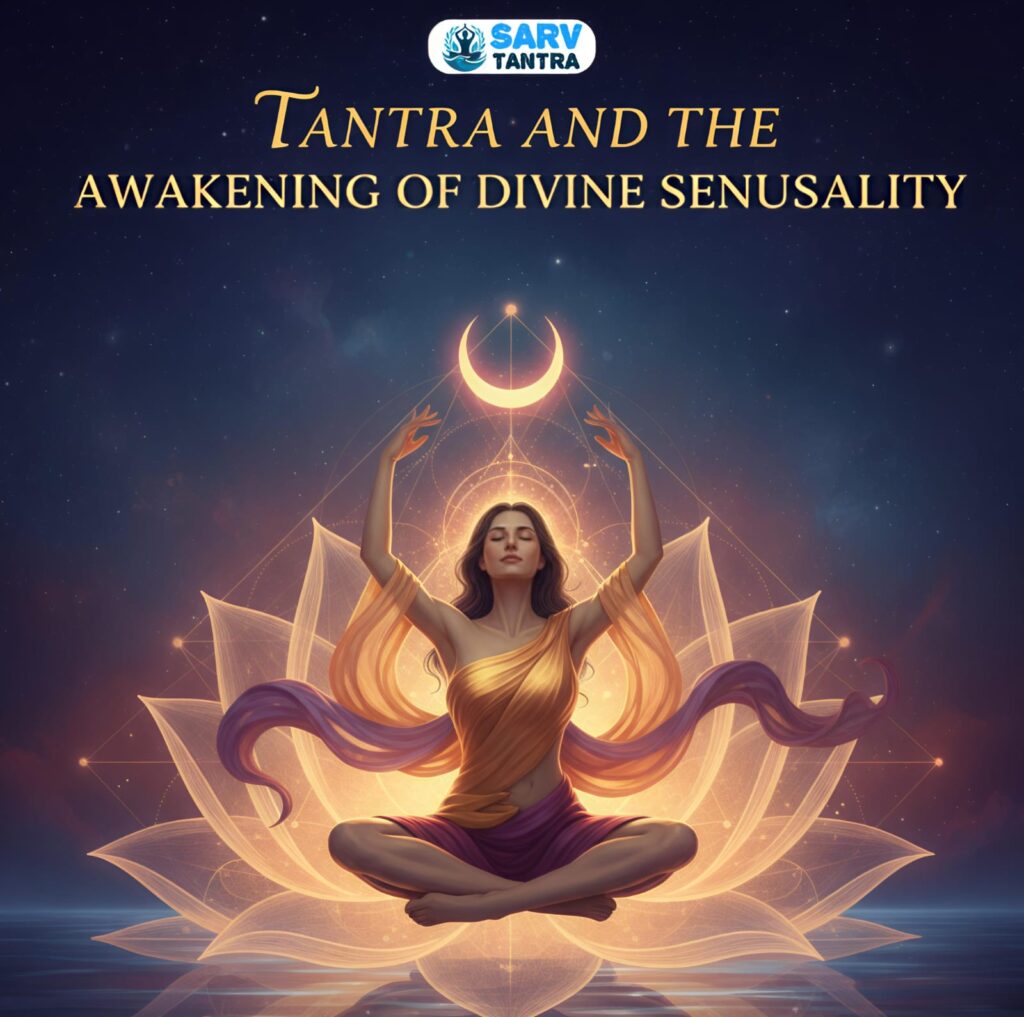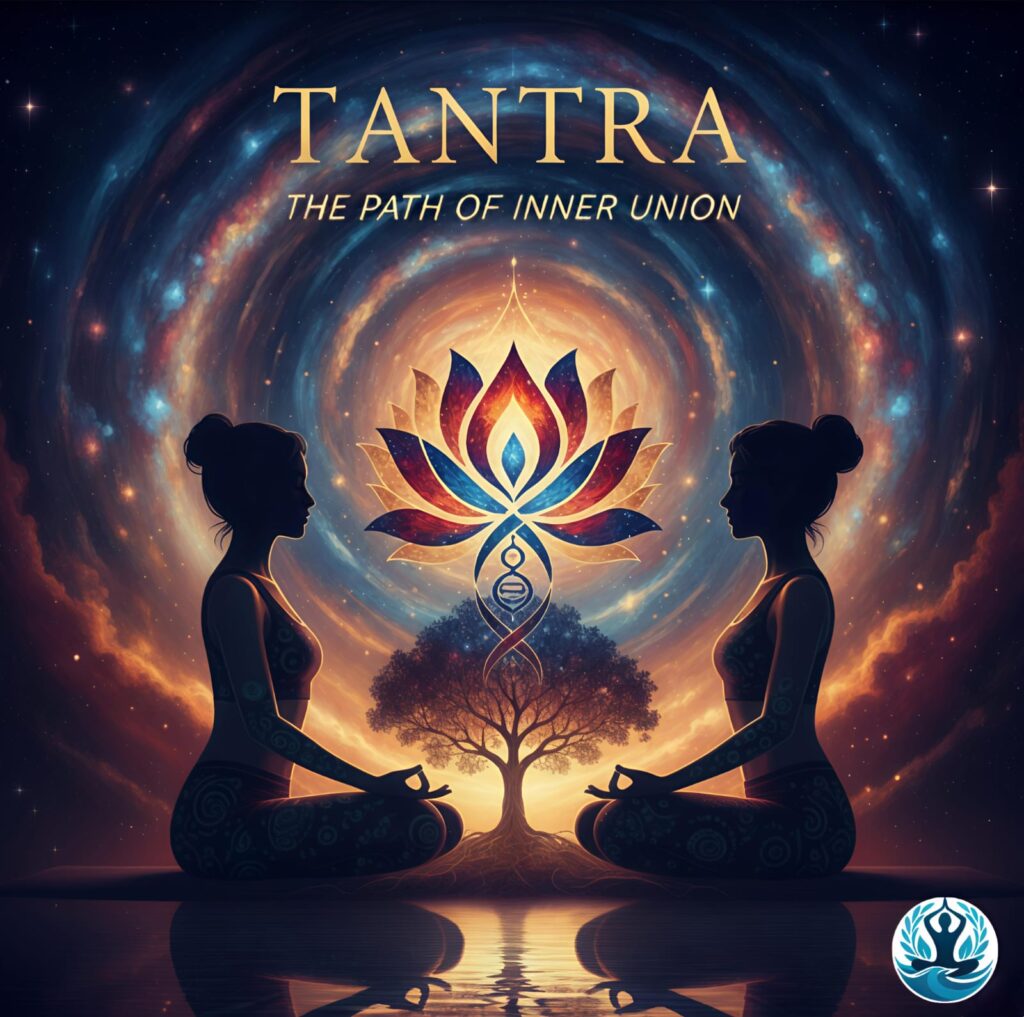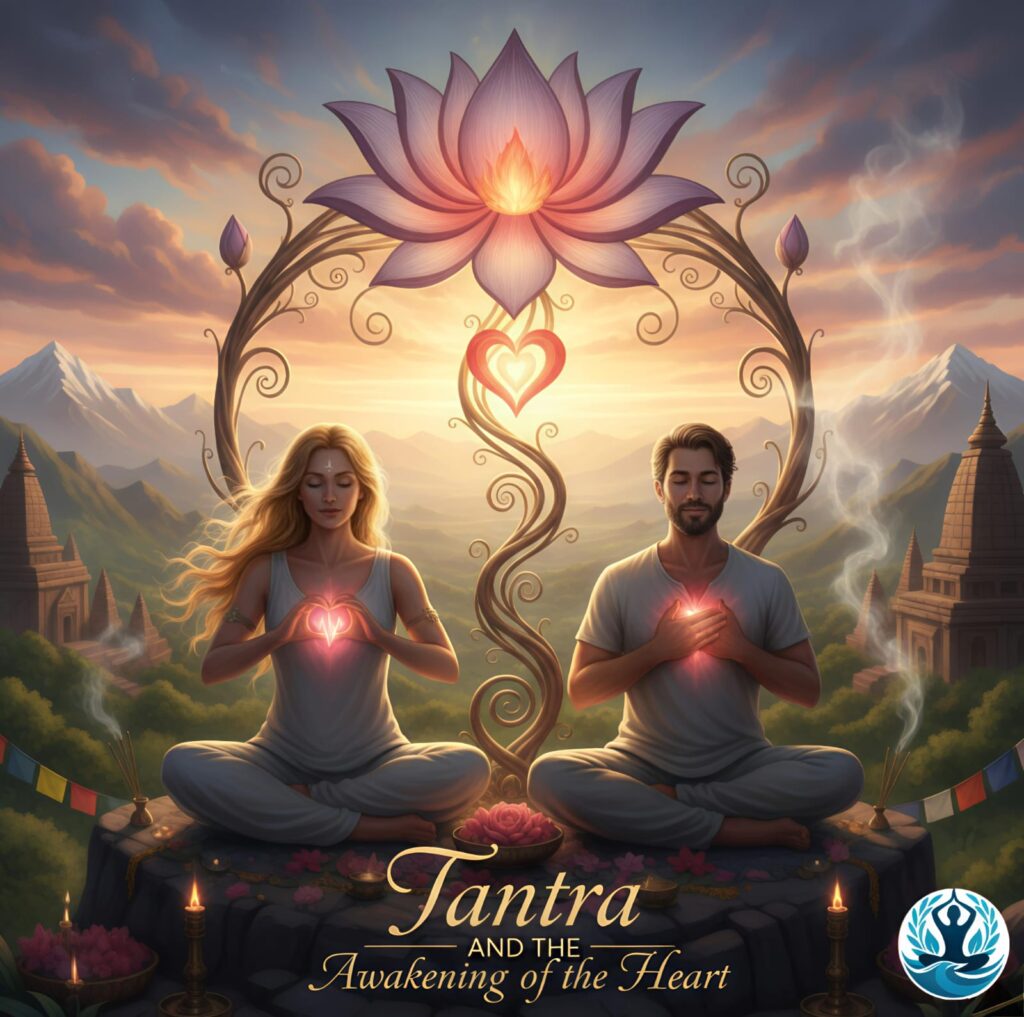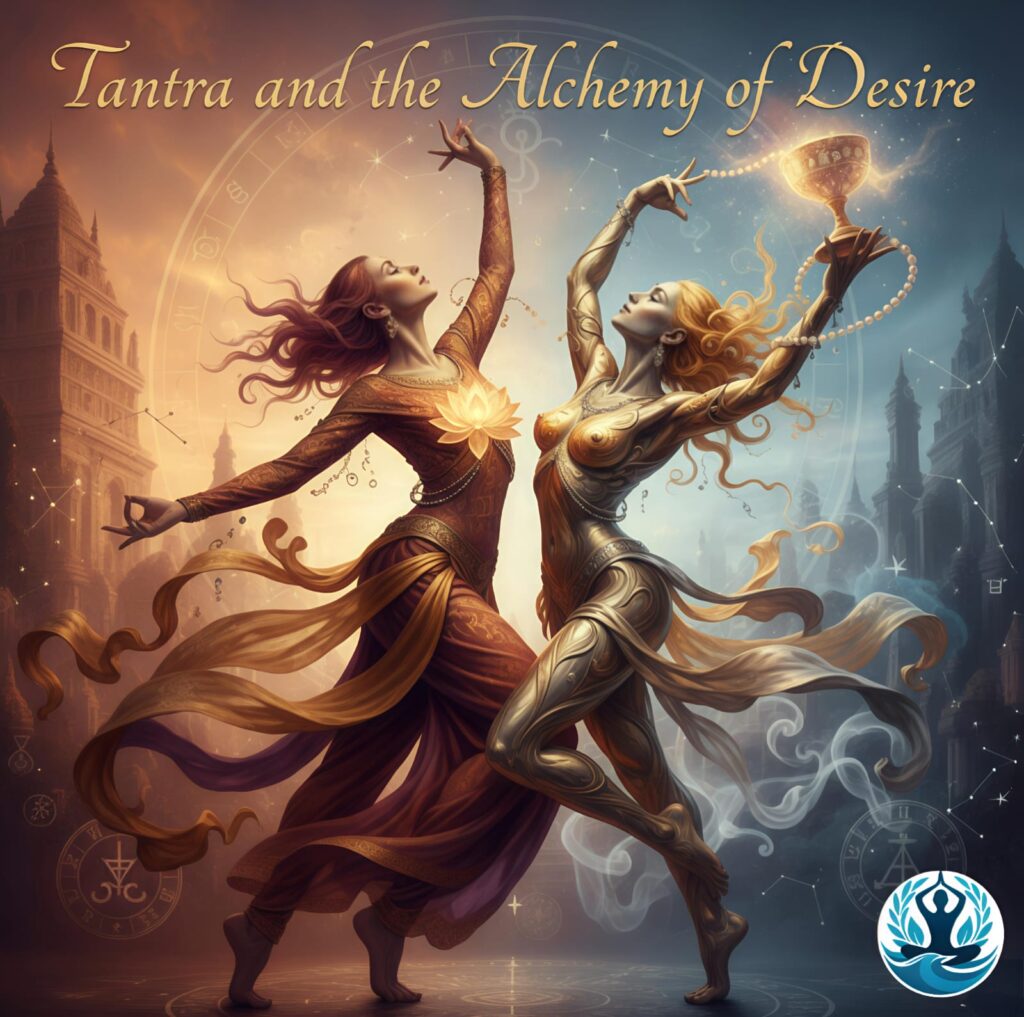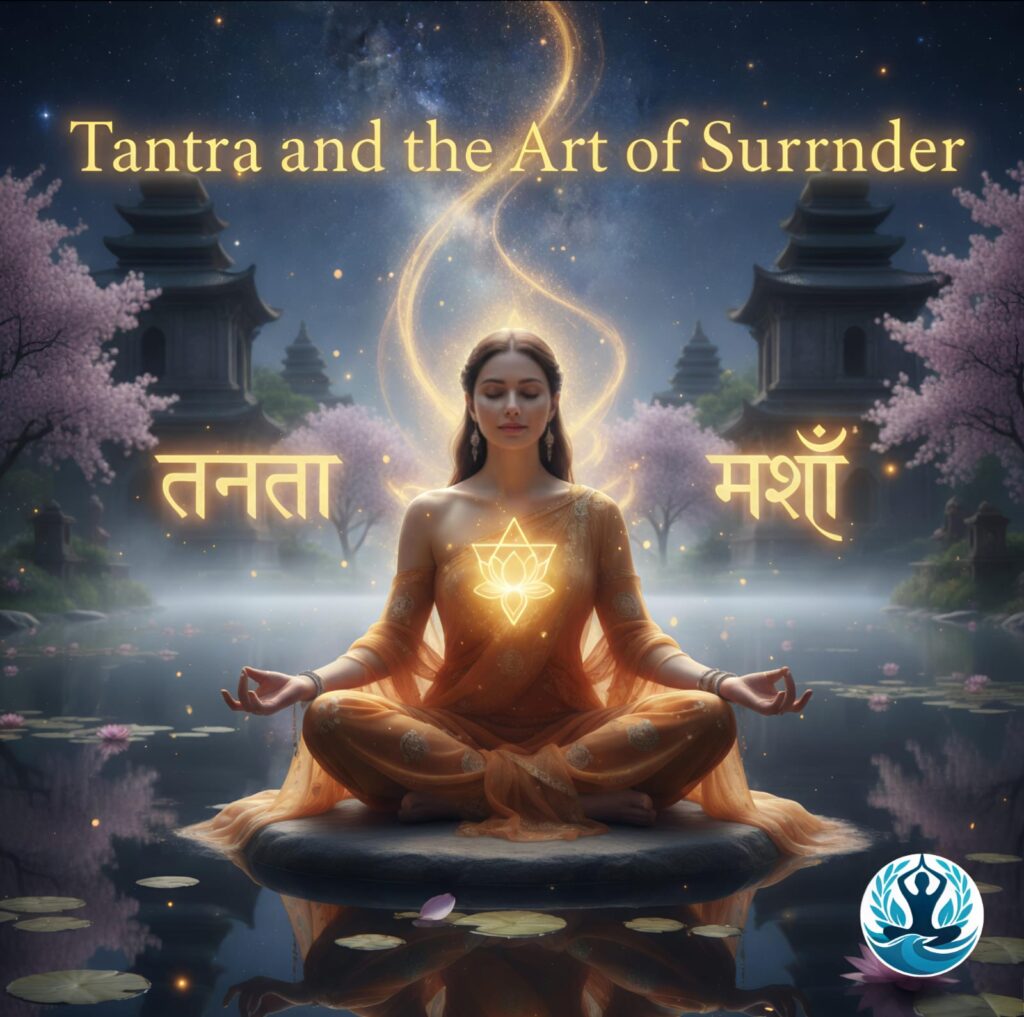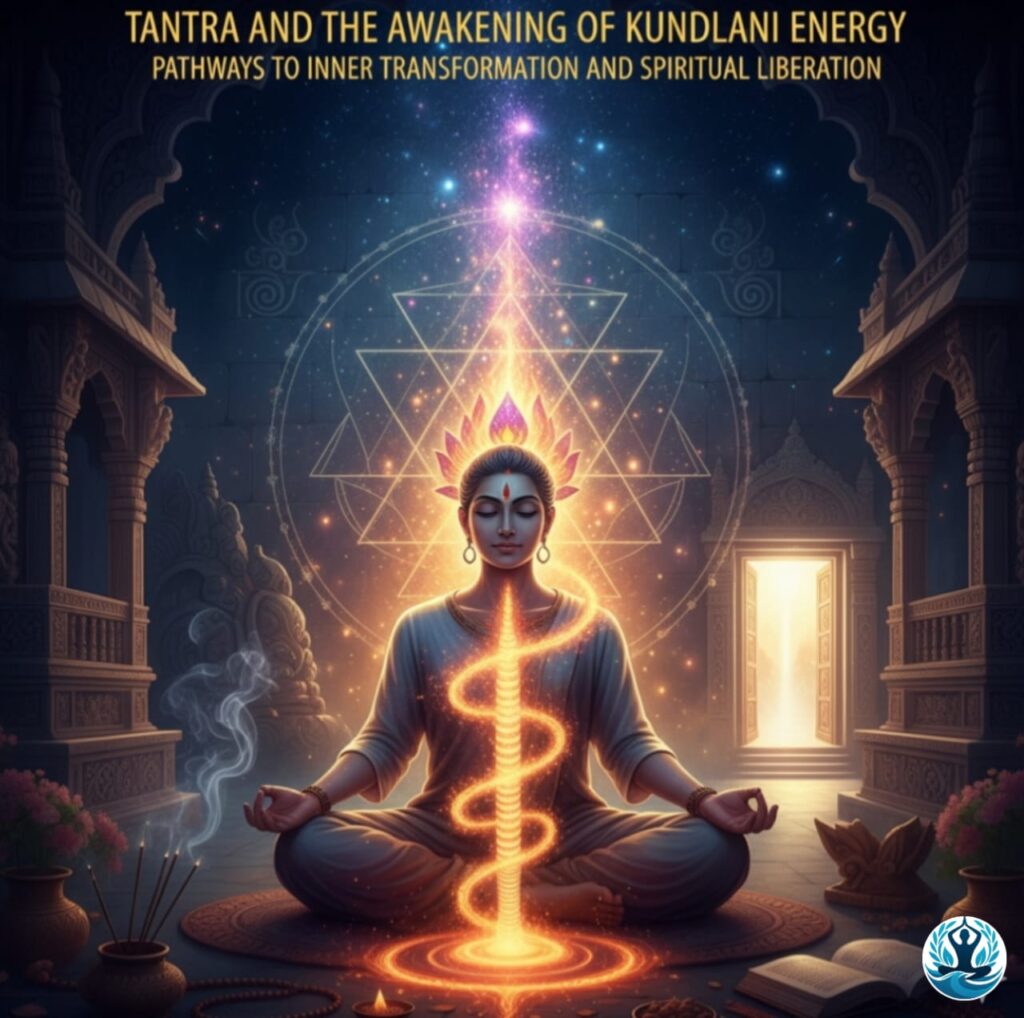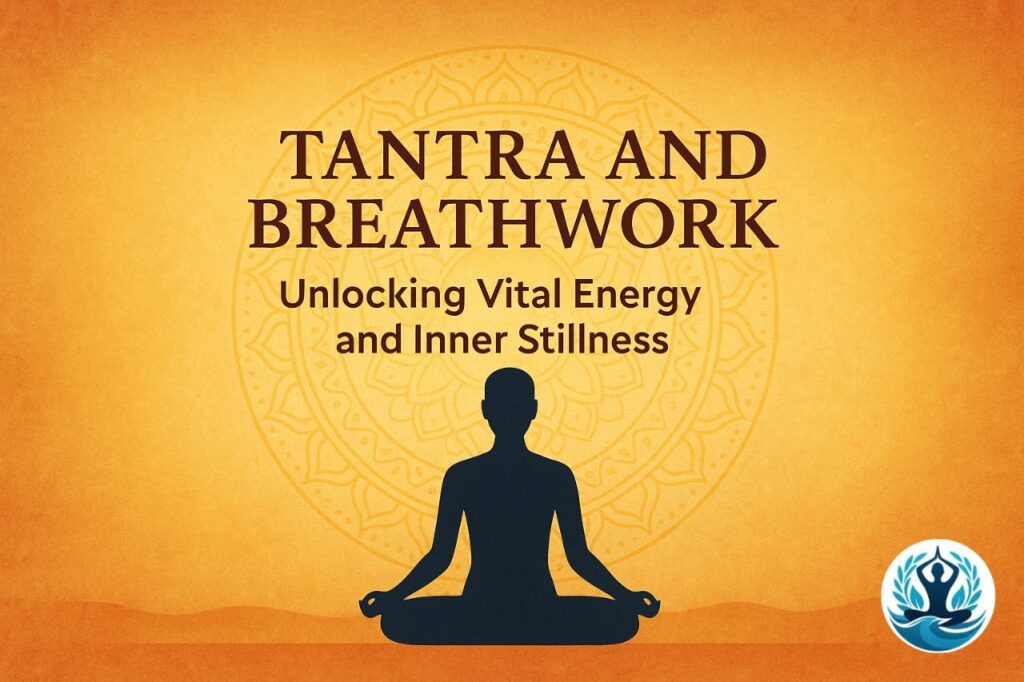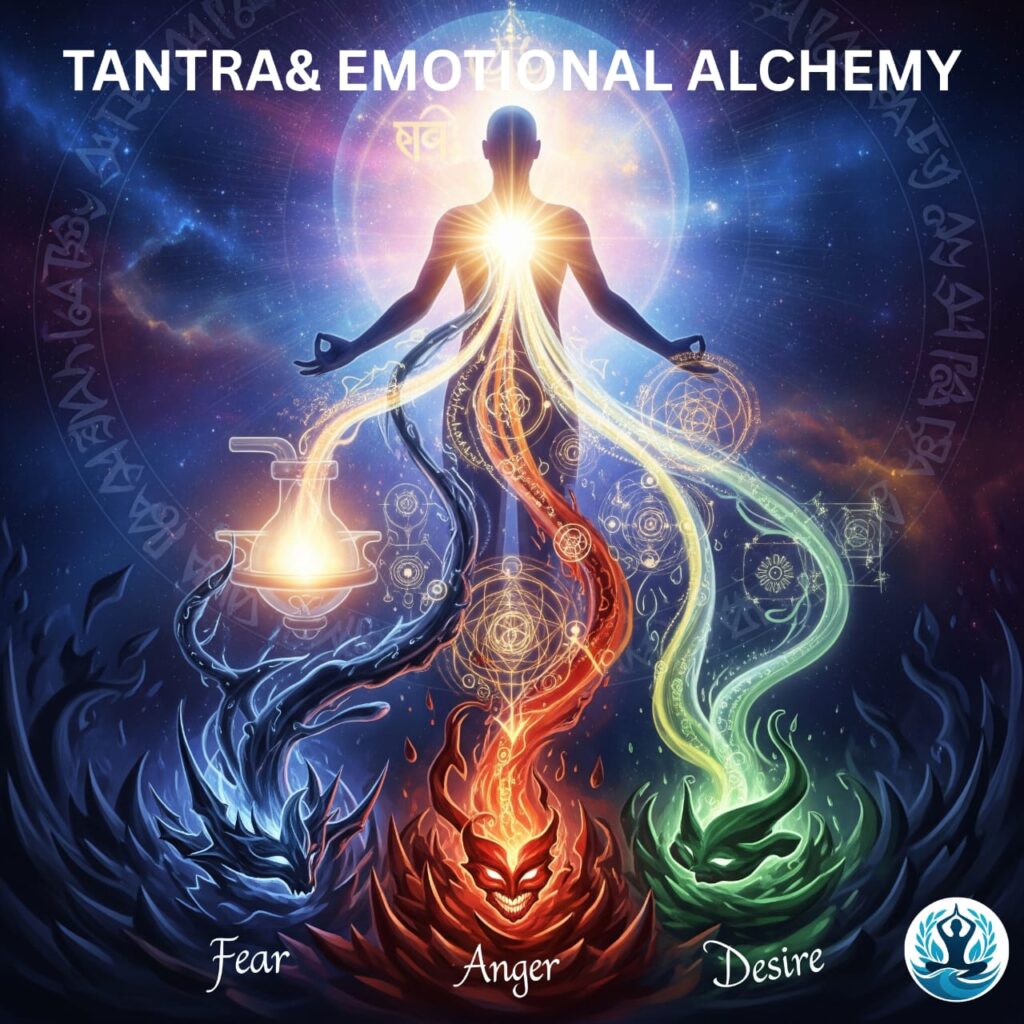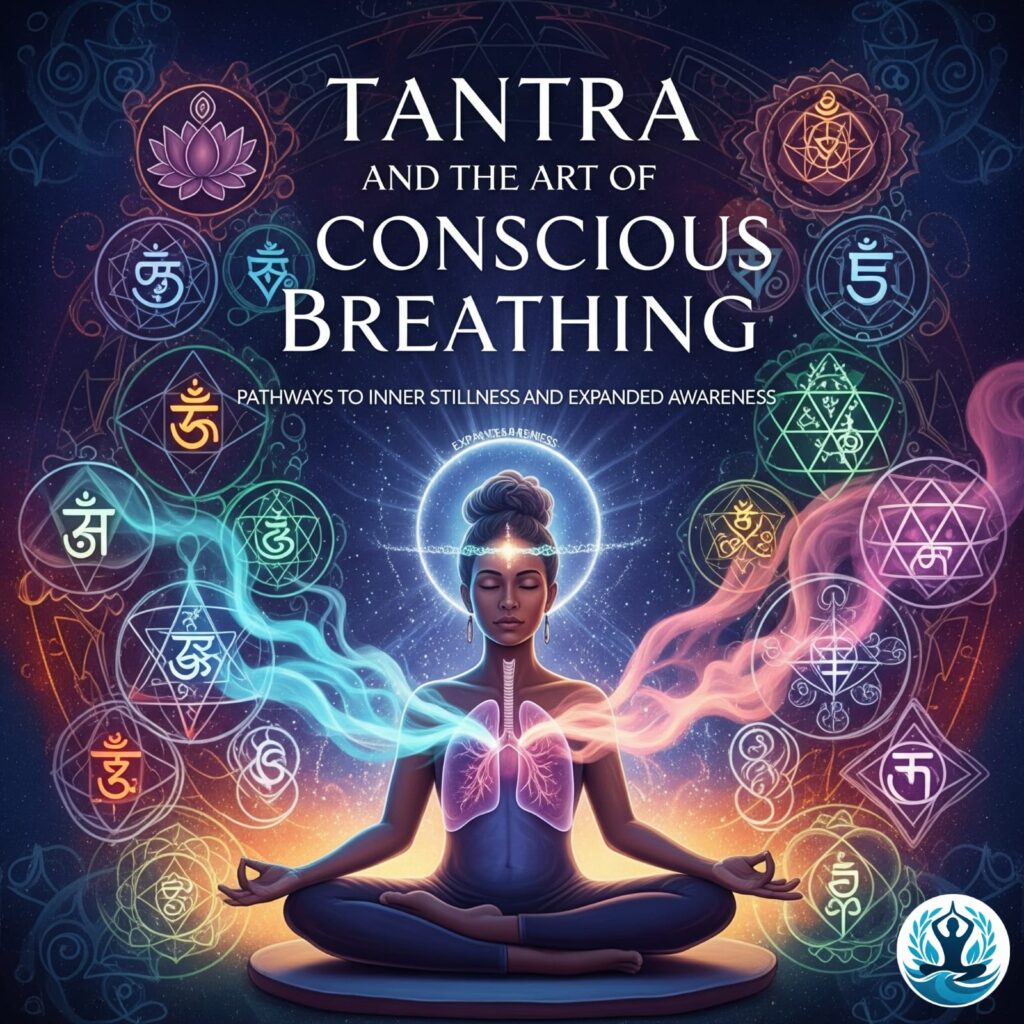Tantra and Mindfulness: A Path to Living in the Present

1. Introduction – Why Presence Matters in Today’s Stressful World
Life in the 21st century is fast-paced, noisy, and overwhelming. We are constantly scrolling, multitasking, and planning ahead. While this helps us achieve material goals, it also creates disconnection—from ourselves, from others, and from the present moment. Anxiety about the future or regret about the past consumes our mental energy, leaving little room for peace now.
Mindfulness has become a widely recommended solution. Doctors, therapists, and spiritual teachers often suggest meditation, breathing exercises, or digital detoxes. But Tantra offers something more holistic. It doesn’t ask us to retreat from life—it asks us to live life fully, with awareness. Tantra teaches us that the sacred is not somewhere far away; it is right here, in every moment, waiting to be experienced.
2. Understanding Tantra – Basics and Misconceptions
Tantra is an ancient spiritual science rooted in India, with references in texts dating back over 1,500 years. At its heart, Tantra means “to weave” or “to expand.” It is about weaving together the physical, mental, emotional, and spiritual aspects of life into harmony.
Unfortunately, in modern times Tantra has often been reduced to a buzzword associated only with sexuality. While Tantra does honor sexuality as sacred, it is only one small part of a vast system that includes:
- Meditation
- Mantra chanting
- Rituals and ceremonies
- Energy practices (prana, chakras, kundalini)
- Self-awareness and mindful living
Tantra doesn’t separate the body and spirit. It sees the body as a temple, a gateway to spiritual experience. By embracing everything—our breath, sensations, emotions, and even desires—Tantra teaches us that nothing in life is outside of the sacred.
3. Mindfulness and Tantra – How They Connect
Mindfulness, as taught in Buddhism and now in modern psychology, is about cultivating awareness of the present moment without judgment. For example, when eating, mindfulness invites you to notice the texture, taste, and aroma of food rather than mindlessly chewing while watching TV.
Tantra aligns perfectly with this, but it takes it a step further:
- Mindfulness says: Observe your breath.
- Tantra says: Feel the breath as life-force energy moving through every cell of your body.
- Mindfulness says: Be aware of sensations.
- Tantra says: Celebrate sensations as expressions of divine energy.
This makes Tantra more embodied and experiential. Instead of watching life from the outside, Tantra invites you to dive fully into it—with awareness.
4. Tantric Practices for Living in the Present
a) Breathing Practices
In Tantra, the breath is sacred. It is considered the bridge between body and spirit. Practices like pranayama (controlled breathing) help regulate emotions and center awareness. A simple Tantric exercise is to:
- Sit quietly.
- Inhale slowly through the nose, feeling your belly expand.
- Hold for a moment, sensing the stillness.
- Exhale gently, imagining tension leaving your body.
Doing this for just five minutes can shift your state of mind from stress to calm presence.
b) Body Awareness
Tantra views the body not as a distraction but as a doorway. By tuning into body sensations—tightness, warmth, tingling—you anchor yourself in the now. For example, when walking barefoot on grass, pause to feel the coolness beneath your feet, the texture of the earth, the rhythm of each step.
c) Conscious Touch and Energy Flow
Touch is one of the most powerful tools in Tantra. Self-touch (placing a hand on your chest or abdomen) can bring comfort and awareness. Partnered touch, when done with presence, deepens intimacy and connection. This is not limited to romantic partners—hugging a friend with full awareness can also be a tantric moment.
d) Mantras and Meditations
Mantras like Om or So-Ham carry vibrational energy that calms the mind. Tantric meditation practices often combine visualization, sound, and breath to expand awareness. For example, meditating on a candle flame (Trataka) not only trains focus but also brings clarity and stillness.
5. Benefits of Tantra for Mindfulness
- Stress Reduction – Breathing and body awareness lower cortisol (the stress hormone).
- Emotional Healing – By staying present with sensations, we process old wounds rather than suppressing them.
- Improved Intimacy – Tantra teaches deep listening and presence, which nurtures relationships.
- Spiritual Awakening – It opens subtle energy channels, leading to inner peace and expanded awareness.
- Creativity and Productivity – Presence sharpens focus, making work more inspired and efficient.
Example: A busy professional practicing five minutes of mindful breathing before a meeting often finds themselves calmer, clearer, and more effective in communication.
6. Integrating Tantra into Daily Life
Tantra is not about rituals in caves or temples—it’s about living everyday life as sacred. Here are simple ways to apply Tantra:
- Morning Rituals – Begin with deep breathing, affirmations, or gratitude journaling.
- Mindful Eating – Turn meals into meditation by chewing slowly, noticing flavors, and honoring the nourishment.
- Movement Practices – Yoga, Tai Chi, or even mindful walking done with awareness become Tantric.
- Relationships – Look into someone’s eyes when they speak, give them your full attention, and notice the energy exchange.
Even washing dishes or sipping tea can be Tantric if done with full presence.
7. Modern Psychology & Tantra – How Science Supports These Practices
Recent research supports many Tantric principles:
- Neuroscience of Mindfulness – Studies show meditation strengthens the prefrontal cortex (responsible for decision-making) and reduces overactivity in the amygdala (stress center).
- Somatic Therapies – Psychology now uses body-based awareness (similar to Tantra) to treat trauma.
- Breathwork Studies – Research shows slow breathing reduces anxiety, improves sleep, and boosts heart health.
This scientific validation makes Tantra not just spiritual but also practical for mental health and well-being.
8. Practical Step-by-Step Routine (A Daily Guide)
Morning (10 min):
- Sit quietly, hand on heart, take 10 conscious breaths.
- Whisper a mantra or intention for the day.
Afternoon Pause (5 min):
- Stop working, close your eyes, notice body sensations.
- Breathe deeply and stretch with awareness.
Evening (15–20 min):
- Practice yoga, free-flow dance, or walk outdoors slowly, noticing each step.
Night (10 min):
- Journal your experiences.
- Chant or meditate with a candle flame to calm the mind before sleep.
By repeating daily, Tantra becomes part of your natural rhythm.
9. Conclusion – Embracing the Present Moment with Tantra
Tantra and mindfulness remind us that the present moment is not ordinary—it is sacred. Instead of waiting for happiness “one day” when everything is perfect, Tantra teaches that joy is available now, in each breath, sensation, and heartbeat.
Living this way does not mean ignoring responsibilities—it means showing up fully for them with presence and grace. When we live Tantrically, life transforms: meals taste richer, relationships deepen, work feels purposeful, and silence becomes nourishing.
Ultimately, Tantra and mindfulness together form a path not just for stress relief, but for living a fully awakened life.





